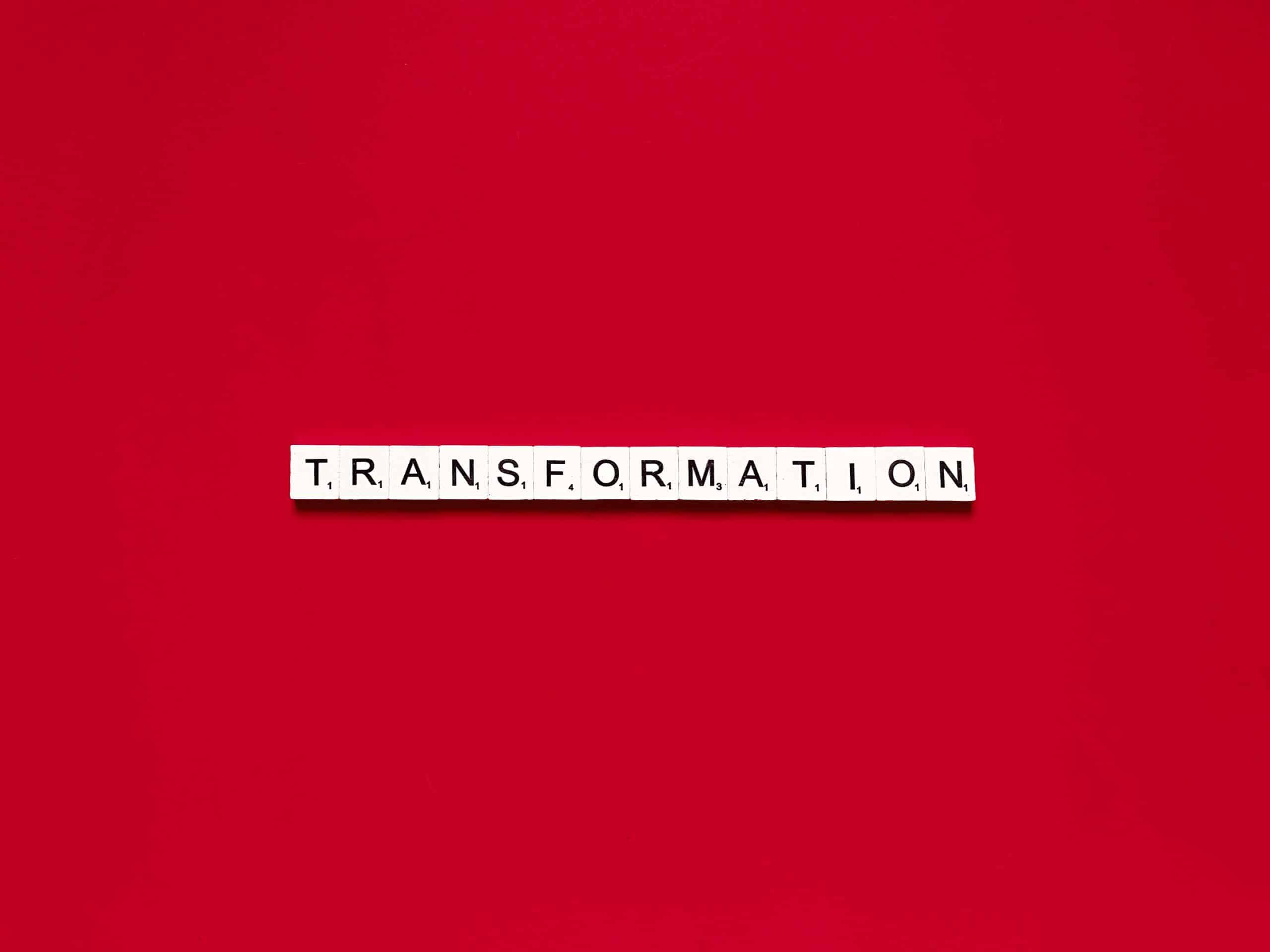How can mixed reality transform engineering and design?

The Landscape of Mixed Reality in Engineering and Design
In the realms of engineering and design, creativity meets practicality to solve complex problems and craft the products of tomorrow. But what happens when you infuse this sector with the dynamic capabilities of mixed reality (MR)? You stand on the brink of a revolution not just in how objects are designed, but also in how they are experienced and brought to fruition. The synergy between mixed reality, a blend of virtual and augmented realities, and the design process is opening unparalleled opportunities for innovation, efficiency, and collaboration.
Mixed reality merges the real and the virtual, creating an environment where physical and digital objects coexist and interact in real time. This hybrid reality can enhance visualization, enable precise design accuracy, and streamline the design process, transforming traditional methods and reducing the time and money invested in product development.
Have you seen this : What are the business benefits of adopting digital supply chain solutions?
For you, the engineers and designers pioneering this digital transformation, mixed reality tools like the Microsoft HoloLens offer an immersive way to work, allowing you to manipulate virtual objects within the real environment and collaborate with team members who might be halfway around the world. Imagine, for instance, being able to see a virtual engine part overlaid on a real car chassis and tweaking it in real time, or walking a client through a virtual building before the foundation is even laid.
Mixed reality is not just a fancy gadget—it’s a tool that will reshape the foundation of design and engineering, enhancing the way you interact with data, environment, and the design process.
Also to read : What is the impact of cryptocurrencies on global financial systems?
The Evolution of Design Process with Mixed Reality
Introducing mixed reality into the design process is akin to providing designers with a superpower—the ability to visualize and manipulate their concepts in the real world without the constraints of physical prototypes. This groundbreaking shift has several implications for the way you, as designers and engineers, approach your work.
Firstly, mixed reality enables immersive virtual prototyping. With tools like Microsoft HoloLens, complex designs can be brought to life in a 3D space, allowing for a thorough examination from every angle. This means you can test the form, function, and aesthetic appeal of a product without crafting a single physical model—saving both time and money.
In addition to visualization, mixed reality aids in achieving precise design accuracy. Overlaying digital designs onto the physical world ensures that the virtual and real components align perfectly, which is particularly useful in industries like aerospace and automotive engineering, where precision is paramount. As a result, errors are reduced, and product quality improves.
Moreover, the team members involved in a project can collaborate more effectively. Mixed reality enables multiple people, regardless of their location, to view and interact with the same virtual model in real time. This capability streamlines communication, mitigates misunderstandings, and accelerates the decision-making process.
Lastly, mixed reality can greatly enhance the training of new engineers and designers. Immersive technology can simulate real-world scenarios, allowing trainees to hone their skills without the risk of costly mistakes. This hands-on approach to learning can lead to better preparedness and a more skilled workforce.
Real-Time Collaboration and Training
The impact of mixed reality on collaboration and training cannot be overstated. In a world where remote work is increasingly common, mixed reality bridges the gap between distant team members and helps maintain a cohesive workflow. Through the use of MR, you can join a shared virtual environment and work on the same digital model as if you were standing together in the same room. This fosters a level of teamwork that traditional video conferencing cannot match.
For training purposes, mixed reality is a game-changer. Engineering and design are fields that require a great deal of hands-on experience. By simulating real-world environments and challenges, MR provides a safe space for trainees to experiment and learn. This immersive technology can replicate scenarios that are either too dangerous or expensive to recreate in reality, offering an invaluable learning resource.
Imagine a scenario where hand tracking and computer vision technology allow you to manipulate virtual objects as if they were tangible. You could train on intricate machinery without the risk of injury or damage, or practice installing components that may not yet be physically manufactured. This real-time interaction accelerates the learning curve and ensures a more adept and adaptable workforce in the future.
Additionally, the ability to record and analyze training sessions in MR means that feedback can be provided immediately, aiding in the rapid development of skills and knowledge. The potential for continuous improvement is vast, and it’s a pivotal advantage over traditional training methods.
Engineering Accuracy and Efficiency
For engineers specifically, mixed reality offers a set of tools that can significantly enhance engineering accuracy and efficiency. In an industry where even the smallest miscalculation can lead to significant setbacks, the precision that MR facilitates is invaluable.
With the ability to overlay detailed digital models onto a physical space, engineers can identify and resolve potential issues early in the design process. This preemptive problem-solving saves incredible amounts of time and resources that would otherwise be spent on correcting errors later on.
Moreover, MR applications can integrate with real-time data and analytics, allowing for designs to be adjusted on the fly based on the latest insights. This dynamic approach to engineering ensures that the end product is not only designed with accuracy but is also responsive to changing requirements or market demands.
Through the use of extended reality — encompassing virtual, augmented, and mixed reality — every aspect of the engineering process, from initial concept to final testing, can be conducted with greater precision and control. As engineers and designers push the boundaries of innovation, MR stands as a pivotal tool in ensuring the integrity and success of their endeavors.
The Future of Product Development with Mixed Reality
As we look to the future, the integration of mixed reality in product development heralds a new era of design and engineering. The ability to create and interact with complex virtual models in real time and in the real environment opens up endless possibilities. Designers will be able to envisage products and systems that are more intricate, personalized, and responsive to consumer needs.
The implications for product lifecycle management are significant. With mixed reality, every stage, from the initial concept to maintenance, can be visualized and optimized in ways that were previously unimaginable. Virtual testing will allow for rapid iterations, reducing the time to market and enabling more agile responses to consumer feedback.
Furthermore, the environmental impact of product development can be mitigated through MR. By reducing the need for physical prototypes and streamlining the design process, the carbon footprint associated with manufacturing can be significantly lowered. This shift towards a more sustainable approach is not only good for business but also essential for the health of our planet.
In conclusion, the transformation that mixed reality is bringing to engineering and design is profound. It’s a technological leap that enhances visualization, collaboration, training, and accuracy, ultimately leading to faster, smarter, and more responsible product development. As you continue to embrace these innovative tools, remember that the reality of today is just the starting point for the limitless possibilities that MR will unlock tomorrow.
